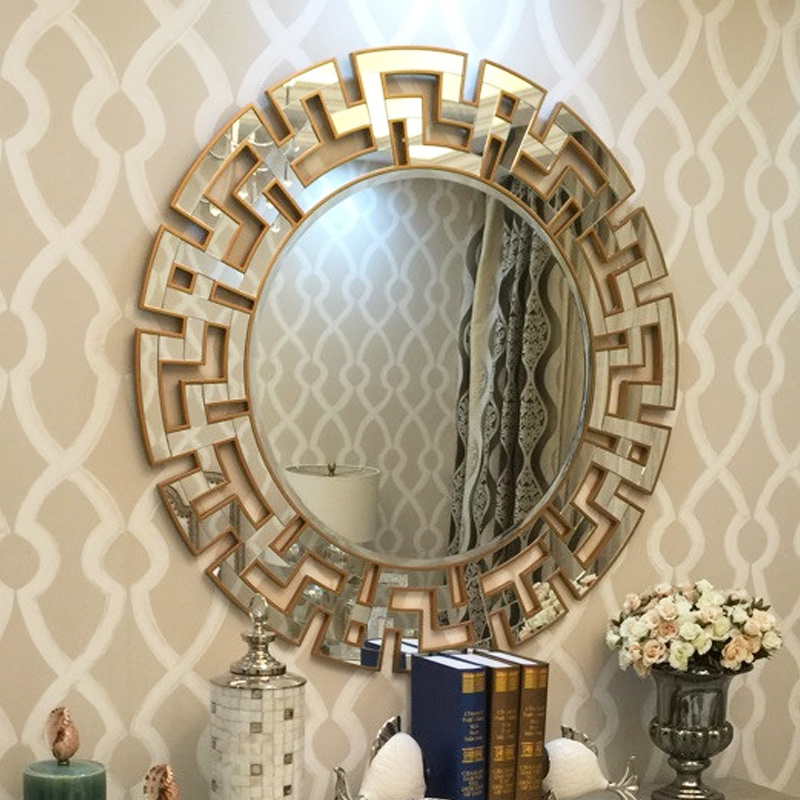
Discount up to 35% for first purchase only this month.
Account


In today’s fast-paced world, smart home devices have become more than just a luxury—they’re a necessity. These innovative gadgets bring convenience, efficiency, and security to your fingertips, creating a seamlessly connected living space. Whether you’re automating daily tasks or ensuring the safety of your family, smart home devices can transform how you interact with your home.
This guide explores the essential smart devices for building a connected home, the benefits they offer, and how to get started on your journey to a smarter lifestyle.
The concept of smart homes has grown exponentially over the last decade. Thanks to advancements in technology and the rise of the Internet of Things (IoT), homes are becoming more intuitive and responsive to human needs.
Smart home devices are designed to connect to a network, allowing remote control through smartphones, voice commands, or automation systems. From smart lights to intelligent security systems, these devices make life more convenient while providing peace of mind.
Smart hubs, such as Amazon Echo, Google Nest Hub, and Apple HomePod, act as the central control systems for all your connected devices. These voice-activated assistants help you manage everything from lights to thermostats with simple commands like “Turn off the lights” or “Set the temperature to 72 degrees.”
Smart bulbs like Philips Hue and Sengled allow you to customize your home’s ambiance with various colors and brightness levels. You can schedule lights to turn on/off, sync them to music, or even control them remotely while away.
Devices like Nest Thermostat and Ecobee optimize energy usage by learning your temperature preferences and adjusting accordingly. They provide real-time energy consumption insights, helping you save on utility bills.
Security is a top priority for homeowners, and smart devices like Ring Doorbells, Arlo Cameras, and August Smart Locks provide unparalleled peace of mind. They offer features such as live video feeds, motion detection, and remote locking/unlocking.
Smart plugs are an easy way to connect traditional appliances to your smart home ecosystem. With brands like TP-Link Kasa and Wemo, you can turn devices on/off remotely and monitor their energy usage.
Modern kitchens are embracing smart technology with devices like Samsung’s Smart Refrigerators, which include touchscreens and cameras. Other popular options include smart coffee makers and ovens that allow remote operation through apps.
Enhance your movie nights with smart TVs, soundbars, and streaming devices like Roku, Chromecast, and Apple TV. These gadgets integrate with other smart home systems to provide immersive entertainment experiences.
Smart devices take the hassle out of daily chores. Automate tasks like watering the garden, adjusting the thermostat, or turning off the lights—all without lifting a finger.
By providing insights into your energy usage and offering precise control, smart devices help reduce unnecessary consumption, making your home more eco-friendly.
With features like live video surveillance, real-time alerts, and remote access, smart security devices keep you informed about what’s happening at home.
Smart homes are adaptable to individual preferences. Whether it’s setting the perfect lighting for a dinner party or creating a relaxing environment with soothing music, these devices elevate comfort levels.
Smart technology can greatly benefit people with disabilities or mobility issues. Voice commands and automated features make managing the home easier and more accessible.
Select a smart home platform, such as Amazon Alexa, Google Assistant, or Apple HomeKit. This ensures compatibility among devices and provides a unified control system.
Start small with devices like smart bulbs or plugs. Gradually expand your setup as you become comfortable with the technology.
Smart home devices vary in price. Prioritize gadgets based on your needs and allocate a budget accordingly.
Ensure your devices are secured with strong passwords and updated firmware. Consider investing in devices with built-in encryption to safeguard your data.
Experiment with automation to maximize the potential of your devices. For instance, program your thermostat to lower the temperature when you leave for work or schedule your lights to mimic your presence while on vacation.
While smart home devices offer incredible benefits, they come with challenges like:
Compatibility Issues: Not all devices work seamlessly together.
Privacy Concerns: Some users worry about data security.
Technical Learning Curve: Setting up and managing devices can be intimidating for beginners.
These challenges can be mitigated with thorough research, choosing trusted brands, and ensuring proper security measures.
Smart home devices are no longer a futuristic luxury—they’re a practical investment that enhances everyday living. From making your home safer to optimizing energy usage and simplifying daily tasks, these gadgets transform traditional homes into connected havens of convenience and comfort.
Starting your journey toward a smarter home is easier than ever. Begin with essential devices, build gradually, and explore the possibilities of automation. With smart technology, the future is now, and it’s within your reach.